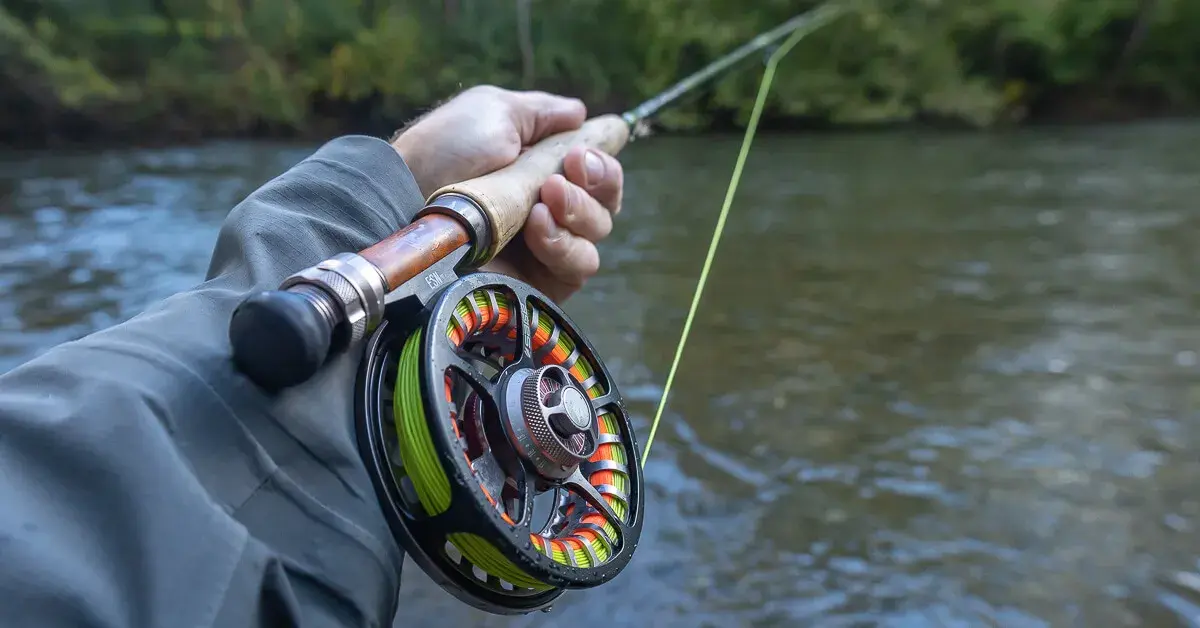One of the most effective ways to catch trout is by getting your nymphs down in the strike zone with a dead drift – no unnatural drag or movement to spook the fish.
But it can be hard to get the drift just right, especially when fishing deep runs and pockets. You can make your drifts much better and catch more fish by using weighted flies and indicators.
Why Use Weighted Flies?
Weighted nymph patterns like those with tungsten or lead beads or wire wraps allow your flies to get down in the strike zone much faster than unweighted patterns. Trout usually hold near the bottom, so getting your flies down quickly is necessary (especially in deeper or swifter currents).
The weight helps your flies go through surface tension and water resistance, so they do not just float around up high while fish ignore them down low. Weighted flies combined with split shot or putty on the leader can really get your rig down in the fish’s feeding lane.
Why Use Indicators?
Basically, an indicator does three main things:
- Getting Flies Down: If you cast the indicator upstream, your weighted flies will drift down as they swing under and follow the path of the indicator.
- Detecting Strikes: It is much easier to see strikes when you have indicators than when you are watching your flies or line. You’ll see even the subtlest takes.
- Maintaining Drift: As long as you let the indicator drift naturally, your flies will also drift freely in the same current seam.
Without an indicator, it’s very difficult to know if your weighted flies are drifting drag-free or snagging on the bottom. The indicator takes away all the guesswork.
Rigging for the Perfect Drift
- Tie about 18-24 inches of hi-vis sighter material to your fly line. This makes it easier to watch your drift.
- Attach a weighted yarn, plastic, or foam strike indicator to the end of the sighter. Position it so it lands just at the end of your drift.
- Tie on 3-5 feet of tippet (fluorocarbon is best) matched to your rod weight with an improved clinch knot. Go longer for deeper drifts.
- Add small removable split shot about 6-12 inches above your top (lead) fly to get your flies down fast. Use more weight for deeper/swifter water.
- For the ultimate drift, use two weighted nymph patterns tied in tandem.
Achieving the Perfect Drift
Cast Upstream: Indicator should be at the top of the drift after an upstream cast, with your flies trailing behind and under it. This allows your flies to get down fast.
Mend Aggressively: As soon as your indicator lands, aggressively mend upstream to put a large belly in the line. This allows your flies to easily transfer under and follow the indicator’s drift path.
Lead with the Indicator: Focus on keeping the indicator drifting drag-free in a straight line. Your flies will follow its path through the drift. Reposition the indicator as needed with mends.
Use Two Indicators: For extra precision, use a second smaller indicator 12-18 inches above your top fly. Keep both indicators lined up for a perfect drift.
Maintain Tight Line: Once your flies are drifting drag-free, maintain a tight but straight line to the indicator by feeding out line as needed. Don’t allow belly or slack to develop.
Set Properly: When you get a strike, set the hook directly sideways to drive the hook point home. Don’t trout set up or you may pull the flies out of the drift.
You can present your flies in the most natural and drag-free way possible if you get good at your weighted nymph, indicator rig, and drift. This results in more strikes and more fish to hand – the ultimate reward for technical nymphing.
For more information, visit

